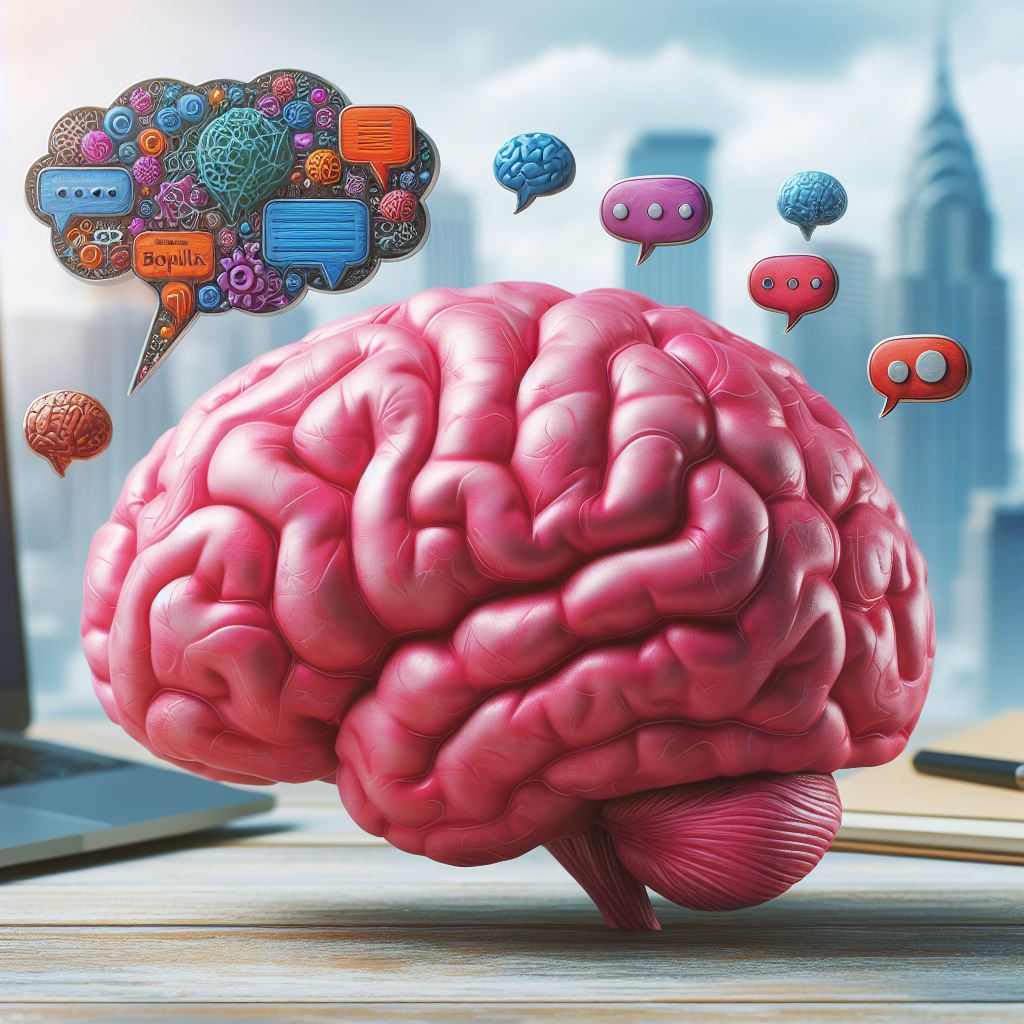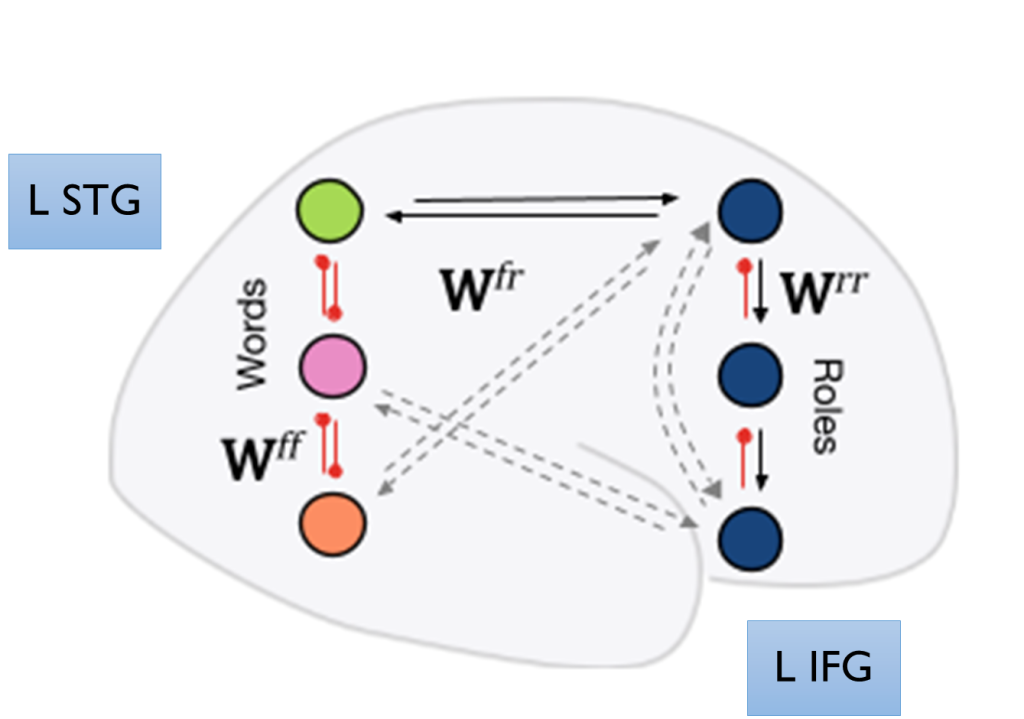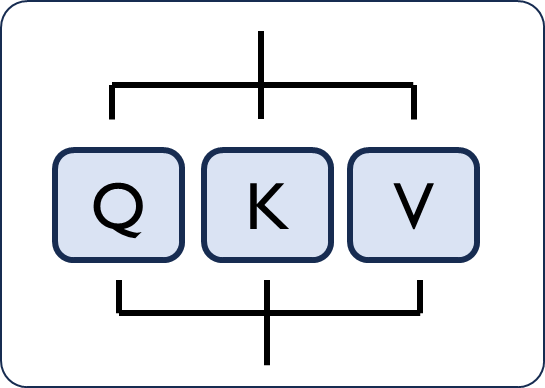Until 15 years ago, many people believed that complex thoughts could not be simulated in by a computer. Recent advances in computing power have allowed us to model activity and connections between neurons in the brain. These care represented by numbers in a computer program, and let us create neural networks capable of complex tasks.
Our recent work uses very simple neural networks, but adds in crucial biological features called ‘rapid plasticity’ and ‘adaptation’. These endow each neuron with a volatile memory, which allows previous events to influence decision-making and behaviour.
Information held in mind is bound together by its structure. For example, imagine you hear the sentence “The girl is taller than the boy“. You remember the words “boy” and “girl” in a way that depends on the relationship. If a sentence lacks structure, it is much harder to remember. Why is this?


We built a simple neural network (Lin & Manohar 2023) to explain how the brain separates structure from contents. The frontal lobe represents the structure of information, while the temporal lobe holds the contents. Rapid synaptic changes allow flexible binding of contents to the structure.
Are artificial neural networks good models of biology? We say Yes and No in our upcoming manuscript (Ryan-Phillips & Manohar 2024)
- Yes – they can make human-like errors, and neural representations sometimes match what we see in the brain.
- No – currently they aren’t trained on multiple tasks, neurons don’t behave like biological ones, and they are not organised like the brain.
